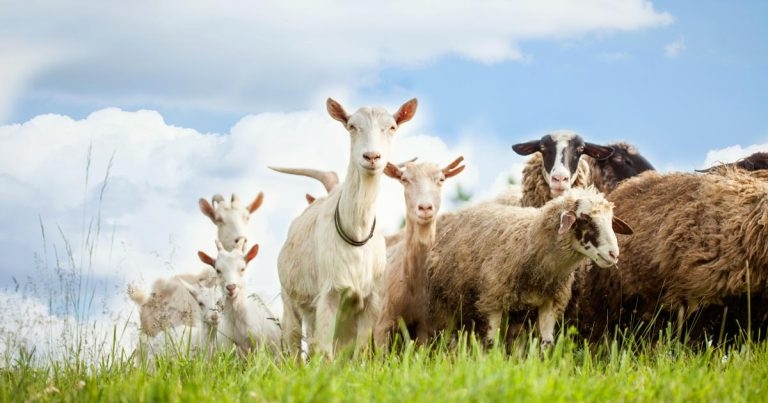8 Jun 2022
Study shows blood test able to distinguish between goats naturally infected and those vaccinated against Mycobacterium avium subspecies paratuberculosis, the pathogen causing it.

The interactive conference is aimed at vets, producers and industry, with this year’s theme being “Youngstock and replacement rearing”. Image ©V&P Photo Studio / AdobeStock
Researchers have made progress in efforts to find a test that can tell vaccinated animals from those with Johne’s disease.
Up to now, Johne’s vaccination programmes for livestock have been hampered because no diagnostic can differentiate vaccinated from infected animals – in other words, it has no DIVA test.
Most existing Johne’s tests rely on animal immune response, which develops as the disease progresses. They cannot be used to detect infection in vaccinated animals, because if a vaccine has worked an animal will be automatically positive.
A study has now been presented that shows blood test Actiphage can distinguish between goats that are naturally infected and those vaccinated against Mycobacterium avium subspecies paratuberculosis (MAP), the pathogen that causes Johne’s disease.
Researchers therefore hope their findings will support the future potential for widespread vaccination programmes for Johne’s in livestock.
Cath Rees of the University of Nottingham has experimented with three methods of sample preparation to optimise the technique for different host species, and she presented the findings in a poster at the 15th International Association for Paratuberculosis Colloquium 2022 (ICP 2022) in Dublin.
The three techniques of sample preparation to separate out the white blood cells were:
Prof Rees, who is also chief scientific officer of PBD Biotech, which developed the Actiphage test, said: “We have now shown that Actiphage is compatible with a range of different methods for purifying white blood cells, demonstrating the versatility of our test and opening up a number of new applications.”
The study also found it was important to choose the right method for a particular host species for optimum result.
An optimised Actiphage assay was used to screen caprine blood samples of known enzyme-linked immunosorbent assay (ELISA) status. Around 60% of ELISA-positive animals gave a positive Actiphage test result, which confirmed the infection status of the animals – and in one instance showed an animal with infection despite vaccination.
Prof Rees added: “This study provides evidence that Actiphage can also be used as a DIVA test, allowing us to differentiate between naturally infected and vaccinated animals; this will support the use of vaccines as part of MAP control programmes.”